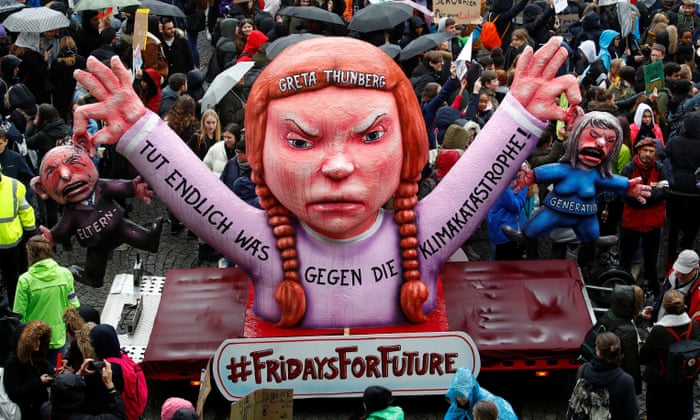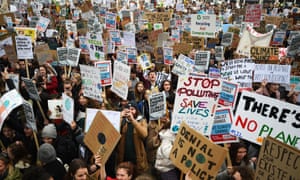When was the first time that the general public was notified of the term “greenhouse gases?” It’s a question without an autonomous singular answer. Truthfully, it’s a question that would, at the very earliest, have started to occur in the latter half of the 20th century. Typically, in developed countries alone. As a group, my colleagues and I have a possibly a 30-year arc between hearing the first utterance of “greenhouse gas” alone. The term itself is the main antagonistic factor of one of the most commonly used terms in the world, climate change. Caused by fossil fuels, a human invention, the emissions themselves get caught between earth and sky and, as long as mankind has been dependent upon them, have exponentially warmed the entire planet. Obviously, it would not be as big of an issue if our dependence on cars had remained like it was at the turn of the previous century, but alas, capitalism came and arguably conquered that possibility. Slightly ironic that now car corporations’ future goal is to continue to profit from by sowing what they reaped. End of rant. Not that it is all bad, as the general public arguably seems to concur global warming does actually exist generally speaking.
Not everybody experiences climate change in the same way. For example, the United States Midwest will (at least not anytime cosmically soon) never be as arid as say, an Australian plateau. Obviously, this is due to the oftentimes frigid winters experienced where this piece is being drafted, pun not intended. Which is really where climate change begins to get labeled as skepticism. It’s not a far stretch to argue that especially in a place like Minnesota, we’ll hear
“How could it possibly be getting warmer if it’s this cold????” All. Winter. Long. Because the effects of climate change cannot be quantified in one singular way. To argue that it can, would be to suggest that the entire autonomy of climate change is invalid. Unfortunately, we have denial out there, but only denial is a common psychological human trait. Especially because “global” sounds super overwhelming. Following below is a short, incredibly practical video from National Geographic describing the overall phenomenon. How the earth’s motion interacts with carbon emissions, how that affects how the particles in return are pressurized atmospherically, and so on & so forth. Even though it’s a giant issue, the clip ends very optimistically.









